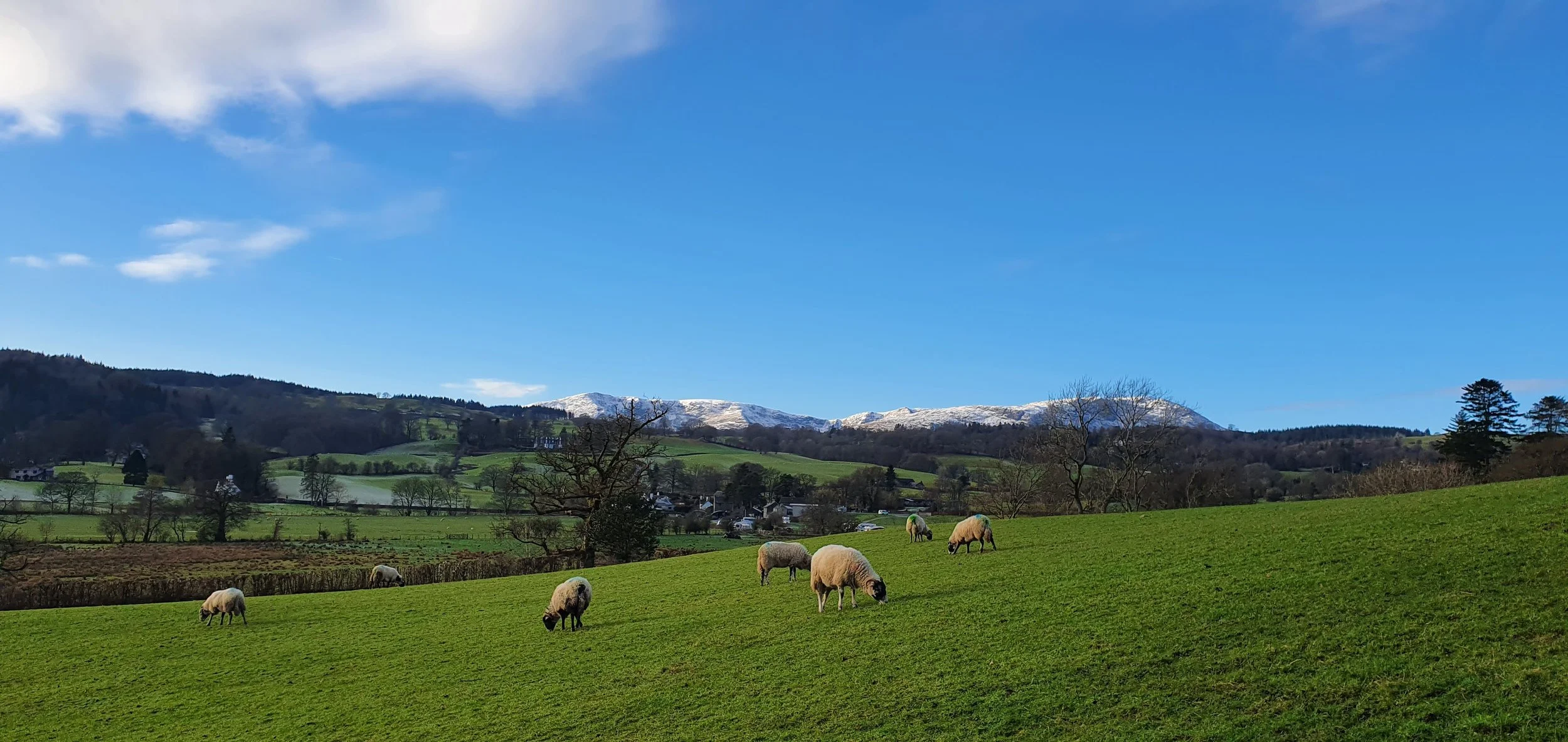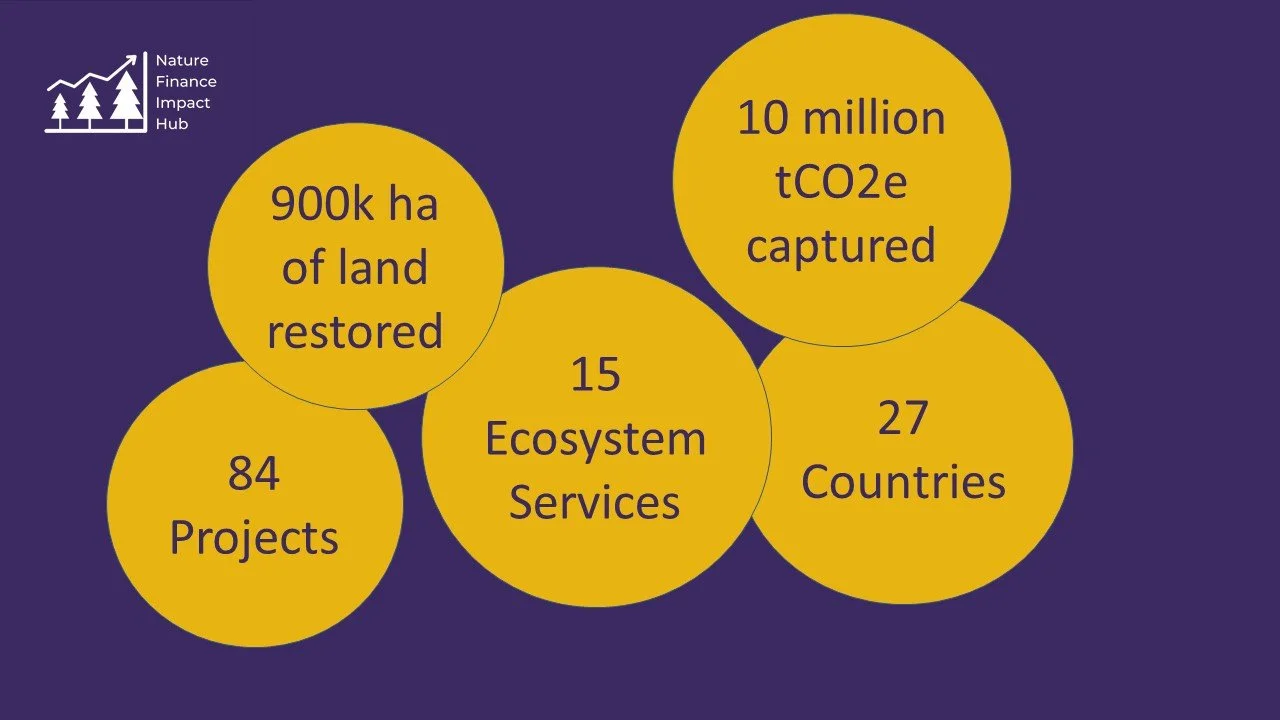Nature Finance Impact Hub: Quarterly Update
Welcome to this edition of the quarterly newsletter from the Nature Finance Impact Hub (NFIH). The team have been busy collating key publications, project highlights, funding opportunities and the latest in nature finance market development. In this edition, we shine a light on a peatland restoration project following the update to the Peatland Code, in addition to providing an update on FIRNS, and sharing some latest guidance from DEFRA on bundling/stacking agri-environment payments. Please share this newsletter and the NFIH with contacts if you think it will be of interest, and we welcome new users of the Hub.
Nature Finance Timeline
Our Nature Finance timeline provides a wheel-y good outline of nature-related publications. We’ve selected a few highlights below, and will continue to raise as relevant to the topics we cover.
Twitter Updates
The following projects were featured recently on Twitter. Follow us to see more project highlights and to showcase some of the great work taking place in nature restoration.
💰Project: Sumatra Merang Peatland Restoration Project (Althelia Climate Fund)
🌎Location: Indonesia
🌱Ecosystem service: Carbon banking
💰Project: Caen Wetlands Feasibility Trust (Triodos & Devon Wildlife)
🌎Location: North Devon, UK
🌱Ecosystem service: Flood alleviation
Other project highlights from this month include Baileys Trail System (USA), Térraba Sierpe National Wetland Pilot (Costa Rica), Partnerships for Forests Cocoa Agroforestry Model (Brazil), and Buglife Scotland - B-Lines (UK).
Project Spotlight
Last week the International Union for Conservation of Nature (IUCN) launched a new and highly anticipated update to the Peatland Code, which helps to boost the restoration and protection of the UK’s Peatlands. The code enables landowners with eligible peatland to generate carbon units, which can be traded on the voluntary carbon market to buyers seeking to offset residual carbon emissions.
Green finance is already being leveraged for peatland restoration, as seen through this month’s project highlight, the Great Fen projects. Based in Cambridgeshire, UK, this Wildlife Trust project has utilised more than £4m in funding from the National Lottery Heritage Fund to carry out one of the largest wildlife restoration projects in Europe.
The project has just been successful in purchasing Speechly’s Farm, a 120ha pivotal area of land that will create a continuous corridor of natural wet fenland. This area now could have the potential to unlock revenue streams from peatland carbon credits.
To see more projects using carbon banking, visit the hub at www.accelerategreenfinance.com/carbon-projects/
Worldwide nature-positive projects!
Interact with the below map to explore the Nature Finance Impact Hub of all the nature-positive projects around the world.
Nature in the news!
The UK Nature Finance market has seen increased funding, with Natural England allocating large-scale funding for a range of projects focusing on restoration of the natural environment. National Trust, Gloucestershire Wildlife Trust, and Groundwork UK were amongst the recipients, aiming to enrich local landscapes and riverscapes and help to strengthen resilience to climate change. Read more about the interventions, and the opportunities they present to leverage green finance for net zero in this BBC article.
Nature recovery in Scotland!
It has been an exciting month for announcements of funding going into nature positive projects. NatureScot and the National Lottery Heritage Fund launched the Facility for Investment Ready Nature in Scotland (FIRNS). The grant is accepting expressions of interest for projects looking to build knowledge, understanding and capability about how private finance can be leveraged to the benefit of nature.
Finance Earth and Federated Hermes also launched the UK Nature Impact Investment Strategy, outlining a source of finance and support for impactful Nature based solutions (NbS) projects across the UK. It highlights the need for high-integrity NbS projects looking to generate long term revenue. On those high integrity markets, the IUCN UK Peatland programme announced version 2 of the Peatland Code, which has been expanded to include fen peatlands, in addition to new guidance documents, calculators and supporting information.
Environmental Guidance
There has also been some guidance published by DEFRA on how land managers can combined biodiversity units and nutrient credits, selling them alongside other environmental payments. This includes some long-awaited clarity on selling biodiversity/ nutrient credits alongside funding from agri-environment schemes.
Defra announced that the second round of Landscape Recovery funding will open this spring. The scheme is for farmers and land managers who want to take a large-scale, long-term approach to producing environmental and climate goods on their land.
And finally… this infographic provides a sample of just some of the metrics we’re capturing within the Nature Finance Impact Hub!
Submit your project
We are constantly looking for new and exciting project data to add to the Hub If you would like to submit your project to the Hub, please fill out the form on our website here.





